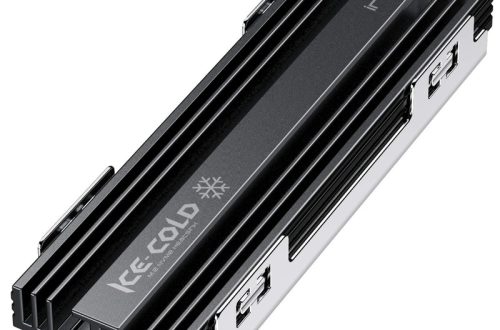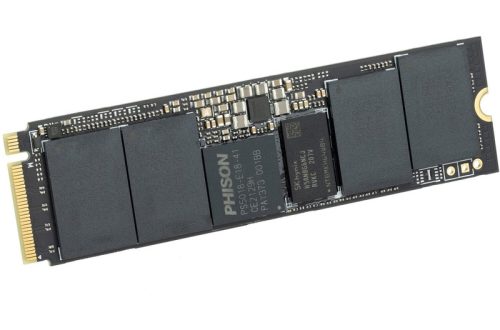Blink cameras offer a convenient and affordable way to keep an eye on your home, but even the most vigilant cameras need a little TLC now and then. One essential task is replacing the batteries that power your Blink cameras. This guide will walk you through the process of changing Blink camera batteries quickly and easily, ensuring your home security system stays up and running.

Part 1: Understanding Battery Life and Signs of Replacement
1. Knowing Your Battery Life:
The battery life of Blink cameras can be influenced by various factors. Usage patterns, temperature fluctuations, and video resolution settings all play a role in determining how long the batteries will last. Depending on these variables, the battery life of Blink cameras can typically span from 2 to 6 months on a single set of batteries. Factors such as the frequency of motion detection, how many videos are recorded, and the duration of live feeds can impact the battery life. Additionally, extreme weather conditions can affect the performance of the batteries. By utilizing energy-saving settings and ensuring that the cameras are not constantly triggered, users can maximize the battery life of their Blink cameras. Understanding these factors and adjusting settings accordingly can help users optimize the performance and longevity of their camera batteries.
2. Signs It’s Time for New Batteries:
When Blink camera batteries are running low, there are several noticeable signs to be aware of. One key indicator is the increase in notifications regarding low battery levels. This alert notifies users when the batteries are reaching a critically low charge. Another sign to watch for is a decrease in video quality or resolution. When the battery power diminishes, the camera may compromise on video quality to conserve energy, resulting in reduced video clarity. Additionally, if the camera frequently disconnects from the Blink app, it could indicate that the batteries are running low and struggling to maintain a stable connection. Being mindful of these signs can help users proactively address battery issues, such as replacing or recharging the batteries to ensure continuous, reliable performance from their Blink cameras.
Part 2: Gathering Supplies and Prepping for Battery Change
1. Tools of the Trade:
To change your Blink camera batteries, you’ll need a few basic tools. Most Blink camera models require a small screwdriver (often a flathead or a security bit) to open the battery compartment. Fresh AA lithium batteries are also essential.
2. Taking Down Your Camera :
While it may not be required in all cases, some users may find it helpful to remove the camera from its mounting bracket to gain easier access to the battery compartment. If you decide to take this approach, it is important to follow the specific instructions provided for your particular Blink camera model to safely detach it from the mount. Each camera model may have unique features and attachment mechanisms, so carefully consulting the manufacturer’s guidelines is crucial for proper removal. By following the recommended steps, users can ensure that they handle the camera and mounting system correctly, reducing the risk of damage or accidents. Additionally, taking the time to understand the proper procedure for detaching the camera can contribute to a smooth and hassle-free experience when accessing the battery compartment for replacement or maintenance purposes.

Part 3: The Battery Change Process: Step-by-Step
1. Locating the Battery Compartment:
Consult your Blink camera’s user manual or online resources to identify the location of the battery compartment. It’s typically situated on the back or underside of the camera.
2. Opening the Compartment:
Use the appropriate screwdriver to unlock or unscrew the battery compartment door. Be gentle and avoid applying excessive force to prevent damage.
3. Replacing the Old Batteries:
Remove the old AA batteries from the compartment. It’s a good idea to dispose of them responsibly according to local regulations.
4. Inserting New Batteries:
Take your fresh AA lithium batteries and insert them into the compartment, ensuring they match the positive (+) and negative (-) polarity markings.
5. Securing the Compartment:
Once the new batteries are in place, close the battery compartment door securely. Tighten any screws or latches using the screwdriver if necessary.

Part 4: Post-Change Tasks and Troubleshooting Tips
1. Verifying the Connection:
After replacing the batteries in your Blink camera, it is important to open the Blink app and verify the camera’s online status. This simple step ensures that the new batteries are functioning properly and that the camera is fully operational. Once you access the app, look for a green “Online” status indicator, which confirms that the camera is successfully connected and functioning as intended. This status reassures users that the battery replacement process was successful and that the camera is ready to continue capturing footage and monitoring the designated area. By promptly checking the online status in the app, users can gain peace of mind and confidence in the functionality of their camera following the battery change. Additionally, this quick verification process helps to confirm that the camera is ready to resume its surveillance duties without any interruptions or issues stemming from the battery replacement.
2. Troubleshooting Connectivity Issues:
If, after replacing the batteries in your Blink camera, you notice that the camera does not display an “Online” status in the Blink app, you may need to address a minor connection issue. A straightforward troubleshooting step to consider is restarting the camera by removing the batteries for a few seconds and then reinserting them. This process can help reset the camera and reestablish a stable connection, potentially resolving any connectivity issues that arose after the battery change. Another step to attempt is restarting your Wi-Fi router; intermittent network issues can impact the camera’s ability to connect to the app. Power cycling the router can address potential network disruptions and ensure the camera’s connectivity is restored. These simple troubleshooting measures can often resolve minor connectivity issues, allowing you to quickly restore the camera’s online status and resume its surveillance capabilities with confidence.

3. Blink Support:
If you encounter any difficulties during the battery change process or experience persistent connectivity issues, Blink offers comprehensive support resources. You can access their online troubleshooting guides or contact their customer service team for further assistance.
By following these simple steps, you can change your Blink camera batteries quickly and efficiently. Remember to monitor your battery life and replace them promptly to ensure your home security system remains vigilant and keeps you informed. With fresh batteries, your Blink cameras will continue to provide peace of mind and keep a watchful eye on your property.



